Start with our Chatbot. If it can't help, you'll have the option to be connected with a Librarian.
Since phenomenology is concerned with explaining participants lived experiences, it is more appropriate to use for studying what meaning the flood victims gave to their experience.
(This is an explanation of the poll on the previous page)
First, watch this 3:19 video from Mod•U: Powerful Concepts in Social Science (YouTube) titled "What is a Code?: Qualitative Research Methods."
Next, check out this 2:55 video about why we code.
For more examples, check out the video linked below:
It is very common now to seek out and use technology to help with your analyses. Once your data becomes sufficiently large or unwieldy it can become attractive option. There are many tools that can help with these processes including but not limited to:
Use of any of the tools listed above comes with advantages and disadvantages.
 We urge you to keep in mind the computer or software you use to facilitate your work is neither thinking or infallible. The machine will perform solely as it is programmed and just because it is capable of generating a sum, graphic or other output doesn't mean that this is the right answer. It is your responsibility, as the researcher, to examine the data and the outputs from the computer and think critically about how the program works.
We urge you to keep in mind the computer or software you use to facilitate your work is neither thinking or infallible. The machine will perform solely as it is programmed and just because it is capable of generating a sum, graphic or other output doesn't mean that this is the right answer. It is your responsibility, as the researcher, to examine the data and the outputs from the computer and think critically about how the program works.
The above is taken from the chapter, "Analyzing Qualitative Data" in the book linked below:

Mixed Methods is the term for a research approach that uses BOTH quantitative and qualitative approaches.
Biwer, F., Egbrink, M. G. A. oude, Aalten, P., & de Bruin, A. B. H. (2020). Fostering Effective Learning Strategies in Higher Education - A Mixed-Methods Study. Journal of Applied Research in Memory and Cognition, 9(2), 186–203. https://doi.org/10.1016/j.jarmac.2020.03.004
Abstract: Cognitive psychological research from the last decades has shown that learning strategies that create desirable difficulties during learning, e.g., practice testing, are most effective for long-term learning outcomes. However, there is a paucity of research on how to effectively translate these insights into training students in higher education. Therefore, we designed an intervention program aiming to create awareness about, foster reflection on, and stimulate practice of effective learning strategies. In a first examination of the pilot intervention (N = 47), we tested the effects of the intervention on metacognitive knowledge and self-reported use of effective learning strategies during self-study, using a control-group mixed-methods design. The intervention program had positive effects on knowledge about effective learning strategies and increased the use of practice testing. Qualitative interview results suggested that to sustainably change students’ learning strategies, we may consider tackling their uncertainty about effort and time, and increase availability of practice questions.
| Quantitative Data | Qualitative Data |
|---|---|
| Weekly learning strategy Likert surveys (scale 1-6) | Reflective essay |
| Pretest and Posttests responses | Homework involving a photolog |
| High School GPA & Average Grades | Interviews |

Copyright @ The Regents of the University of California. All rights reserved.
